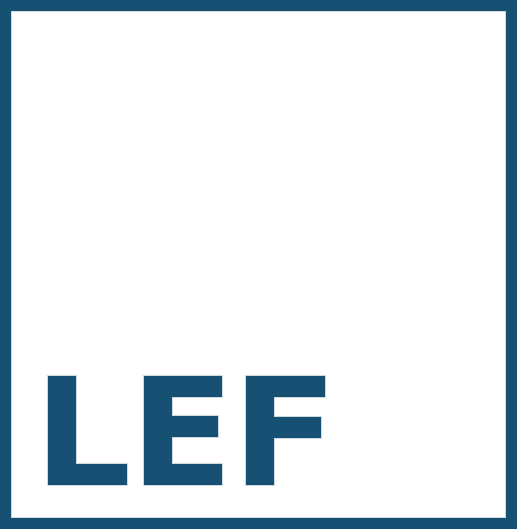
LEF is excited to have been a sponsor of the International Documentary Association‘s Getting Real Conference back in September 2018, and over the next several months, LEF Program Officer Gen Carmel will be sharing notes on several of the more resource-rich panels she attended at the conference. This month: five takeaways from the panel “Working with International Broadcasters“.
- Takeaway #1: At the BBC, Storyville is the only broadcasting strand that accepts international feature documentaries. They like to come into co-producing early on in the project if possible (and this is most of what they do), but Storyville can also fully commission work and offer pre-buy investment. The program is open to more experimentation in form (NOTES ON BLINDNESS and THE RAFT were two examples offered), but they generally look for films that will always have a broader resonance. Learn more from Storyville’s Commissioning Editor Mandy Chang on the BBC’s priorities and how to submit your work.
- Takeaway #2: Margje de Koning, the Chief Commissioning Editor for EO/IKONdocs in the Netherlands, shared that they look for creative documentaries and journalistic pieces, especially works that offer ideas, solutions, and examples of positive reconciliation in the world. She shared that Dutch audiences don’t need hand-holding in their films, and that films with a slower and more subtle pace are fine (whereas she is aware that many US filmmakers are accustomed to being told they need to have fast, catchy film openings). She also offered that pitching sessions in person are the best place to connect with her. See a selection of past films.
- Takeaway #3: Axel Arnö, the Commissioning Editor for documentaries appearing on Swedish Television (SVT) shared that Sweden has a broadcast audience of 10 million people. SVT’s release strategy is increasingly to release all content on the web first, on the Sunday before its television broadcast date, to be inclusive of both younger and older viewers. The films that SVT looks for are generally about “big, bold issues”, and Axel shared “we need you to give us your view of the world”. Documentaries with a strong narrative are more dominant, whereas essay films are also important, but in the minority for what SVT picks up. See a selection of past films.
- Takeaway #4: Rudy Buttignol, who heads British Columbia’s public broadcaster, Knowledge Network, shared that they are looking for documentaries about arts and culture, history, and social issues, but that it’s more effective to connect with him in person at a festival pitching session, rather than by sending a proposal to him by e-mail. At this, several members of the audience spoke up later to ask about how broadcasters were committed to ensuring diversity behind the camera when the only way to meet international broadcasters is via the attendance of in-person pitch sessions, which are often expensive for any emerging filmmaker to attend.
- Takeaway #5: Annie Roney from Ro*co Films responded to the issue of inaccessibility and diversity by suggesting that another path filmmakers can take is through acquisitions – a company like Ro*co can go to international film markets and festivals to represent your film when you’re not able to attend. Annie shared that there are films that really benefit from a local broadcaster championing them with both money and reach – what Ro*co does is to form an international coalition of buyers who trust Ro*co’s curation, and who agree to pool their money into a signed broadcasting/distribution deal with an unknown film of Ro*co’s choosing. She shared that this doesn’t always compete with a global Netflix deal in terms of licensing fees, but that the marketing power and local reach of a coalition of broadcasters can be very powerful. Learn more about submitting to Ro*co here.

